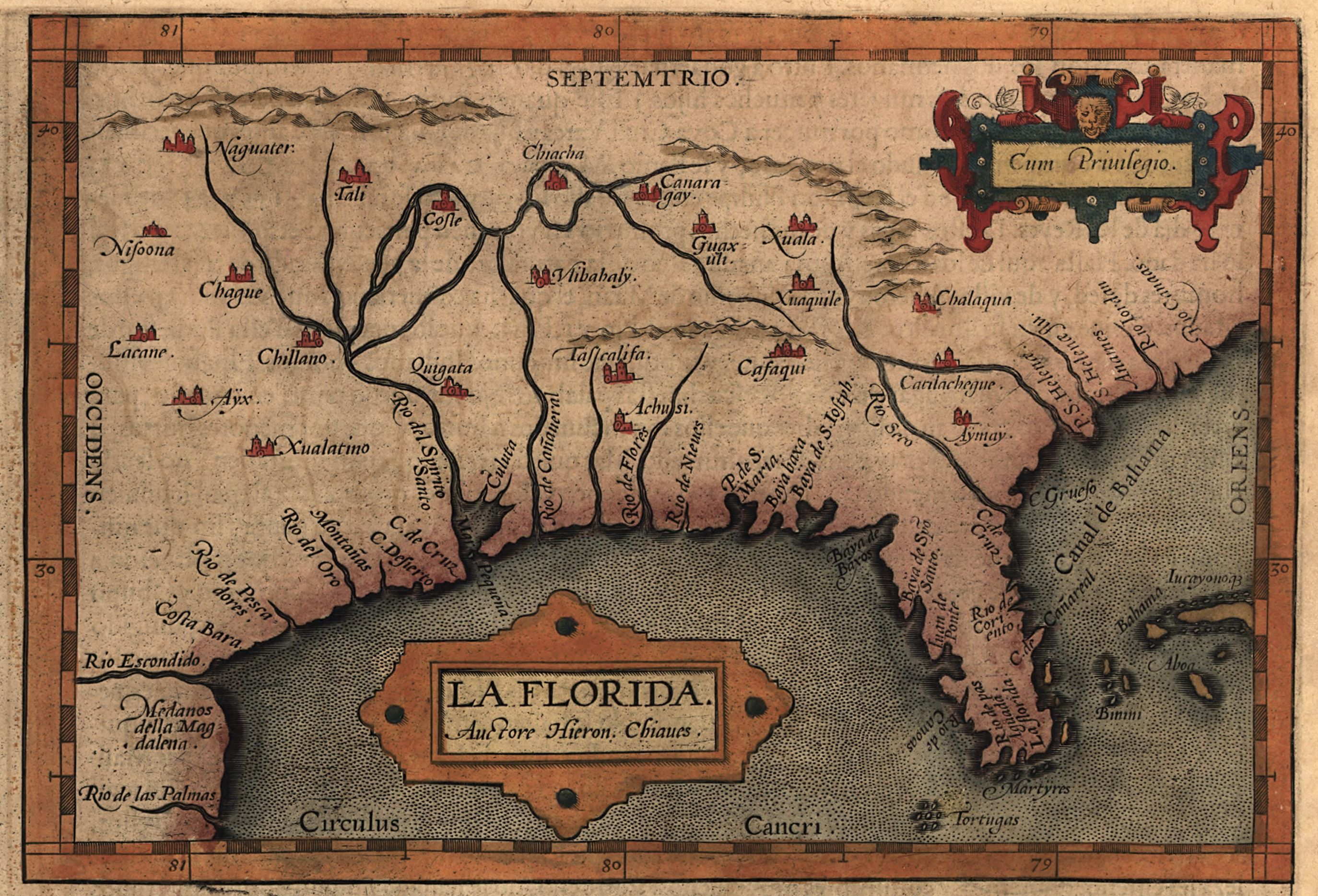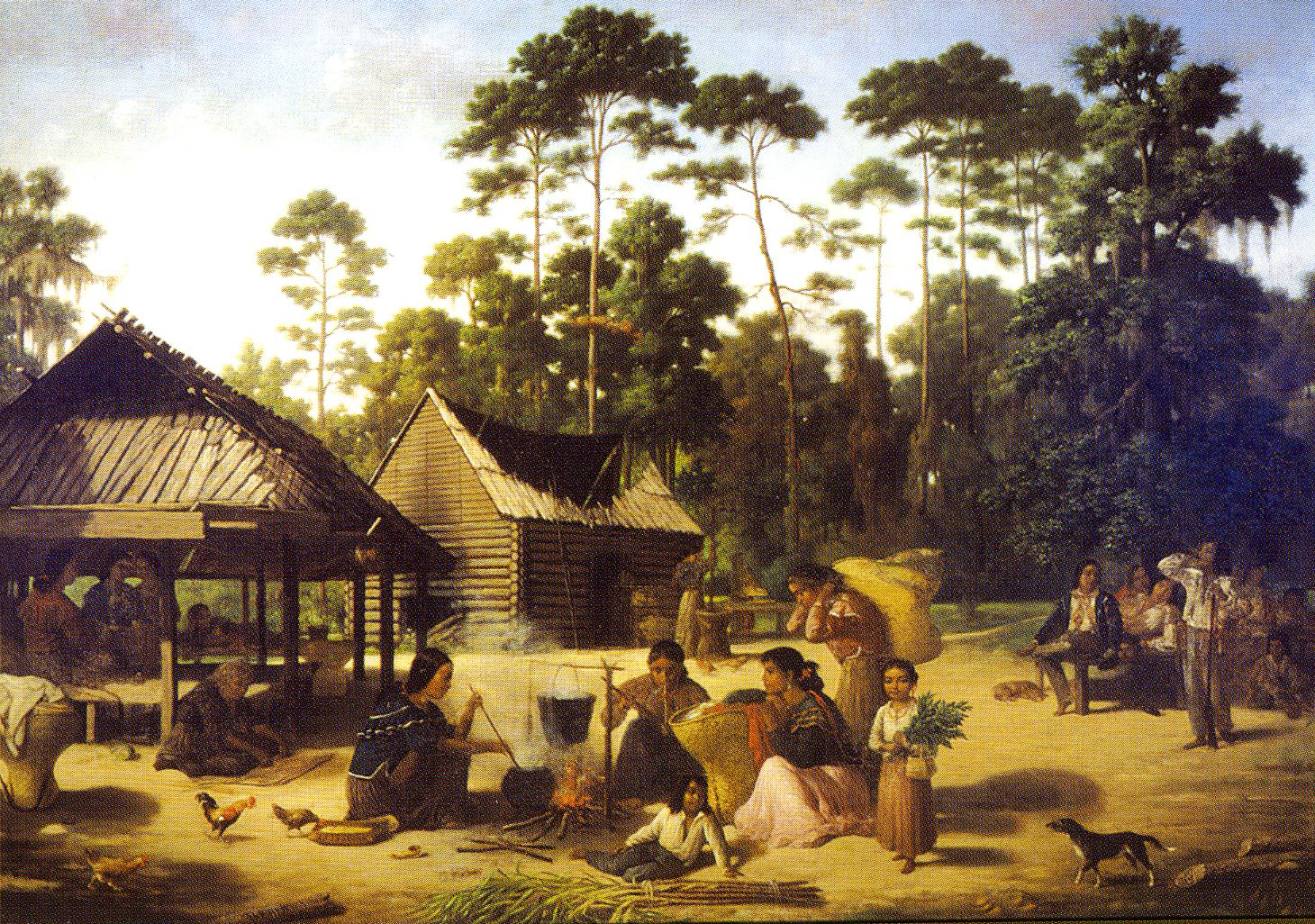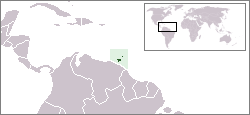|
Adaina Bipunctatus
''Adaina bipunctatus'' is a moth of the family Pterophoridae. It is found in the United States, including Florida and Mississippi. It has also been recorded from Trinidad, the West Indies, Brazil and Ecuador. The wingspan is 9–11.5 mm. Adults are entirely pale yellowish white, although the head is touched with pale brownish above and on the front. The forewings have a few brown scales and several brown spots. The fringes are slightly tinged with grey, as are the hindwings and their fringes. Adults are on wing from January to April and again in August in the tropics. In Florida they have been recorded from the end of March to the end of June and again from mid-August to mid-December. The larvae feed on ''Conoclinium coelestinum'', '' Carphephorus paniculatus'', ''Carphephorus odoratissimus'', ''Pluchea rosea'' and ''Eupatorium cannabinum ''Eupatorium cannabinum'', commonly known as hemp-agrimony, or holy rope, is a herbaceous plant in the family Asteraceae. It i ... [...More Info...] [...Related Items...] OR: [Wikipedia] [Google] [Baidu] |
Heinrich Benno Möschler
Heinrich Benno Möschler (28 October 1831, in Herrnhut – 21 November 1888, in Kronförstchen, near Bautzen) was a German entomologist who specialised in Lepidoptera. Möschler was a butterfly dealer and a member of the Entomological Society of Stettin. His collections from Suriname Suriname (; srn, Sranankondre or ), officially the Republic of Suriname ( nl, Republiek Suriname , srn, Ripolik fu Sranan), is a country on the northeastern Atlantic coast of South America. It is bordered by the Atlantic Ocean to the north ... and Puerto Rico are in the Natural History Museum, Berlin. His microlepidoptera are in the Museum of Natural History, Görlitz. Publications Partial list *(1876)Exotisches (Fortsetzung) ''Stettiner Entomologische Zeitung'' 37(7–9), 293–315. *(1877)Beiträge zur Schmetterlings-Fauna von Surinam ''Verh. zool.-bot. Ges. Wien'' 26: 293–352 Möschler, 1877: Beiträge zur Schmetterlings-Fauna von Surinam Verh. zool.-bot. Ges. Wien 26: 293-352 *(187 ... [...More Info...] [...Related Items...] OR: [Wikipedia] [Google] [Baidu] |
Moth
Moths are a paraphyletic group of insects that includes all members of the order Lepidoptera that are not butterflies, with moths making up the vast majority of the order. There are thought to be approximately 160,000 species of moth, many of which have yet to be described. Most species of moth are nocturnal, but there are also crepuscular and diurnal species. Differences between butterflies and moths While the butterflies form a monophyletic group, the moths, comprising the rest of the Lepidoptera, do not. Many attempts have been made to group the superfamilies of the Lepidoptera into natural groups, most of which fail because one of the two groups is not monophyletic: Microlepidoptera and Macrolepidoptera, Heterocera and Rhopalocera, Jugatae and Frenatae, Monotrysia and Ditrysia.Scoble, MJ 1995. The Lepidoptera: Form, function and diversity. Oxford, UK: Oxford University Press; 404 p. Although the rules for distinguishing moths from butterflies are not well est ... [...More Info...] [...Related Items...] OR: [Wikipedia] [Google] [Baidu] |
Pterophoridae
The Pterophoridae or plume moths are a family of Lepidoptera with unusually modified wings. Though they belong to the Apoditrysia like the larger moths and the butterflies, unlike these they are tiny and were formerly included among the assemblage called "microlepidoptera". Description and ecology The forewings of plume moths usually consist of two curved spars with more or less bedraggled bristles trailing behind. This resembles the closely related Alucitidae (many-plumed moths) at first glance, but the latter have a greater number of symmetrical plumes. The hindwings are similarly constructed, but have three spars. This unorthodox structure does not prevent flight. A few genera have normal lepidopteran wings. The usual resting posture is with the wings extended laterally and narrowly rolled up. Often they resemble a piece of dried grass, and may pass unnoticed by potential predators even when resting in exposed situations in daylight. Some species have larvae which are stem ... [...More Info...] [...Related Items...] OR: [Wikipedia] [Google] [Baidu] |
Florida
Florida is a state located in the Southeastern region of the United States. Florida is bordered to the west by the Gulf of Mexico, to the northwest by Alabama, to the north by Georgia, to the east by the Bahamas and Atlantic Ocean, and to the south by the Straits of Florida and Cuba; it is the only state that borders both the Gulf of Mexico and the Atlantic Ocean. Spanning , Florida ranks 22nd in area among the 50 states, and with a population of over 21 million, it is the third-most populous. The state capital is Tallahassee, and the most populous city is Jacksonville. The Miami metropolitan area, with a population of almost 6.2 million, is the most populous urban area in Florida and the ninth-most populous in the United States; other urban conurbations with over one million people are Tampa Bay, Orlando, and Jacksonville. Various Native American groups have inhabited Florida for at least 14,000 years. In 1513, Spanish explorer Juan Ponce de León became th ... [...More Info...] [...Related Items...] OR: [Wikipedia] [Google] [Baidu] |
Mississippi
Mississippi () is a state in the Southeastern region of the United States, bordered to the north by Tennessee; to the east by Alabama; to the south by the Gulf of Mexico; to the southwest by Louisiana; and to the northwest by Arkansas. Mississippi's western boundary is largely defined by the Mississippi River. Mississippi is the 32nd largest and 35th-most populous of the 50 U.S. states and has the lowest per-capita income in the United States. Jackson is both the state's capital and largest city. Greater Jackson is the state's most populous metropolitan area, with a population of 591,978 in 2020. On December 10, 1817, Mississippi became the 20th state admitted to the Union. By 1860, Mississippi was the nation's top cotton-producing state and slaves accounted for 55% of the state population. Mississippi declared its secession from the Union on January 9, 1861, and was one of the seven original Confederate States, which constituted the largest slaveholding states in the ... [...More Info...] [...Related Items...] OR: [Wikipedia] [Google] [Baidu] |
Trinidad
Trinidad is the larger and more populous of the two major islands of Trinidad and Tobago. The island lies off the northeastern coast of Venezuela and sits on the continental shelf of South America. It is often referred to as the southernmost island in the West Indies. With an area of , it is also the fifth largest in the West Indies. Name The original name for the island in the Arawaks' language was which meant "Land of the Hummingbird". Christopher Columbus renamed it ('The Island of the Trinity'), fulfilling a vow he had made before setting out on his third voyage. This has since been shortened to ''Trinidad''. History Caribs and Arawaks lived in Trinidad long before Christopher Columbus encountered the islands on his third voyage on 31 July 1498. The island remained Spanish until 1797, but it was largely settled by French colonists from the French Caribbean, especially Martinique.Besson, Gerard (2000-08-27). "Land of Beginnings – A historical digest", ''Newsday Ne ... [...More Info...] [...Related Items...] OR: [Wikipedia] [Google] [Baidu] |
West Indies
The West Indies is a subregion of North America, surrounded by the North Atlantic Ocean and the Caribbean Sea that includes 13 independent island countries and 18 dependencies and other territories in three major archipelagos: the Greater Antilles, the Lesser Antilles, and the Lucayan Archipelago. The subregion includes all the islands in the Antilles, plus The Bahamas and the Turks and Caicos Islands, which are in the North Atlantic Ocean. Nowadays, the term West Indies is often interchangeable with the term Caribbean, although the latter may also include some Central and South American mainland nations which have Caribbean coastlines, such as Belize, French Guiana, Guyana, and Suriname, as well as the Atlantic island nations of Barbados, Bermuda, and Trinidad and Tobago, all of which are geographically distinct from the three main island groups, but culturally related. Origin and use of the term In 1492, Christopher Columbus became the first European to record ... [...More Info...] [...Related Items...] OR: [Wikipedia] [Google] [Baidu] |
Brazil
Brazil ( pt, Brasil; ), officially the Federative Republic of Brazil (Portuguese: ), is the largest country in both South America and Latin America. At and with over 217 million people, Brazil is the world's fifth-largest country by area and the seventh most populous. Its capital is Brasília, and its most populous city is São Paulo. The federation is composed of the union of the 26 states and the Federal District. It is the largest country to have Portuguese as an official language and the only one in the Americas; one of the most multicultural and ethnically diverse nations, due to over a century of mass immigration from around the world; and the most populous Roman Catholic-majority country. Bounded by the Atlantic Ocean on the east, Brazil has a coastline of . It borders all other countries and territories in South America except Ecuador and Chile and covers roughly half of the continent's land area. Its Amazon basin includes a vast tropical forest, ho ... [...More Info...] [...Related Items...] OR: [Wikipedia] [Google] [Baidu] |
Ecuador
Ecuador ( ; ; Quechuan languages, Quechua: ''Ikwayur''; Shuar language, Shuar: ''Ecuador'' or ''Ekuatur''), officially the Republic of Ecuador ( es, República del Ecuador, which literally translates as "Republic of the Equator"; Quechuan languages, Quechua: ''Ikwadur Ripuwlika''; Shuar language, Shuar: ''Ekuatur Nunka''), is a country in northwestern South America, bordered by Colombia on the north, Peru on the east and south, and the Pacific Ocean on the west. Ecuador also includes the Galápagos Islands in the Pacific, about west of the mainland. The country's Capital city, capital and largest city is Quito. The territories of modern-day Ecuador were once home to a variety of Indigenous peoples in Ecuador, Indigenous groups that were gradually incorporated into the Inca Empire during the 15th century. The territory was Spanish colonization of the Americas, colonized by Spain during the 16th century, achieving independence in 1820 as part of Gran Colombia, from which it ... [...More Info...] [...Related Items...] OR: [Wikipedia] [Google] [Baidu] |
Wingspan
The wingspan (or just span) of a bird or an airplane is the distance from one wingtip to the other wingtip. For example, the Boeing 777–200 has a wingspan of , and a wandering albatross (''Diomedea exulans'') caught in 1965 had a wingspan of , the official record for a living bird. The term wingspan, more technically extent, is also used for other winged animals such as pterosaurs, bats, insects, etc., and other aircraft such as ornithopters. In humans, the term wingspan also refers to the arm span, which is distance between the length from one end of an individual's arms (measured at the fingertips) to the other when raised parallel to the ground at shoulder height at a 90º angle. Former professional basketball player Manute Bol stood at and owned one of the largest wingspans at . Wingspan of aircraft The wingspan of an aircraft is always measured in a straight line, from wingtip to wingtip, independently of wing shape or sweep. Implications for aircraft design an ... [...More Info...] [...Related Items...] OR: [Wikipedia] [Google] [Baidu] |
Conoclinium Coelestinum
''Conoclinium coelestinum'', commonly known as blue mistflower, mistflower, wild ageratum, or blue boneset, is a North American species of herbaceous perennial flowering plant in the family Asteraceae. It was formerly classified in the genus ''Eupatorium'', but phylogenetic analyses in the late 20th century research indicated that that genus should be split, and the species was reclassified in ''Conoclinium''. Description ''Conoclinium coelestinum'' normally grows to a height of with round, light green stems and a few or numerous branches. The leaves are opposite and ovate to triangular in shape with blunt teeth, measuring up to long and across. Flat-topped clusters, or panicles, of blue, purple, or lavender flowerheads, measuring , are located at the end of the stems. Each flowerhead consists of about 40-50 disk florets with tiny tubular corollas that have 5 spreading lobes. Etymology The genus ''Conoclinium'' is from the Greek word for "cone-bed". The specific epithet '' ... [...More Info...] [...Related Items...] OR: [Wikipedia] [Google] [Baidu] |
Carphephorus Paniculatus
''Carphephorus paniculatus'', commonly known as the hairy chaffhead, is a species of flowering plant native to parts of the southeastern United States. A perennial dicot, it reaches a height of 3 feet. References {{Taxonbar, from=Q15560280 Eupatorieae Flora of the Southeastern United States Flora without expected TNC conservation status ... [...More Info...] [...Related Items...] OR: [Wikipedia] [Google] [Baidu] |





